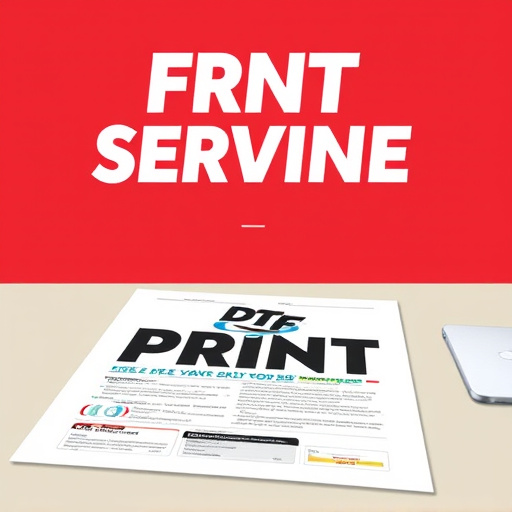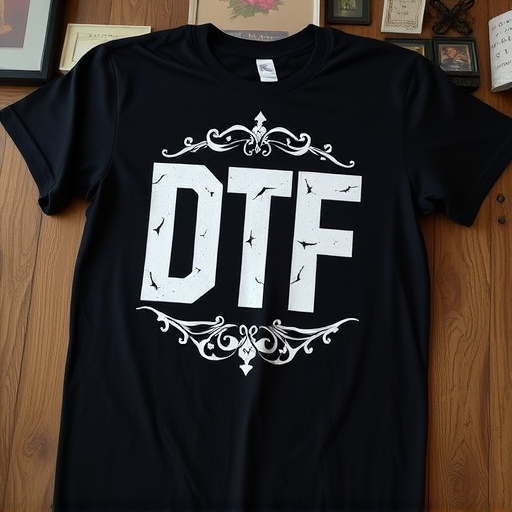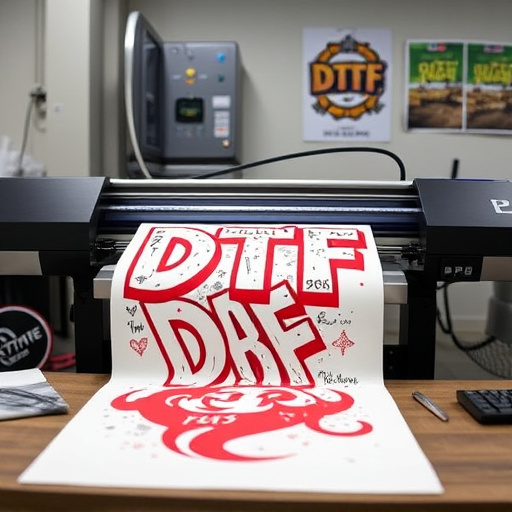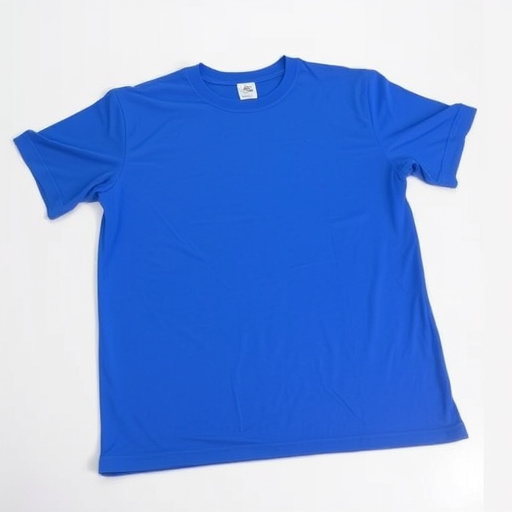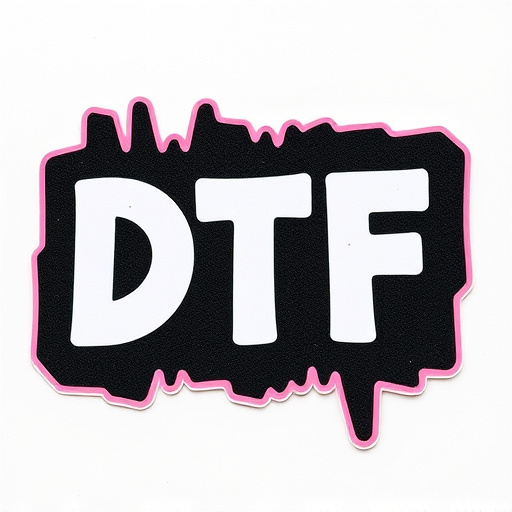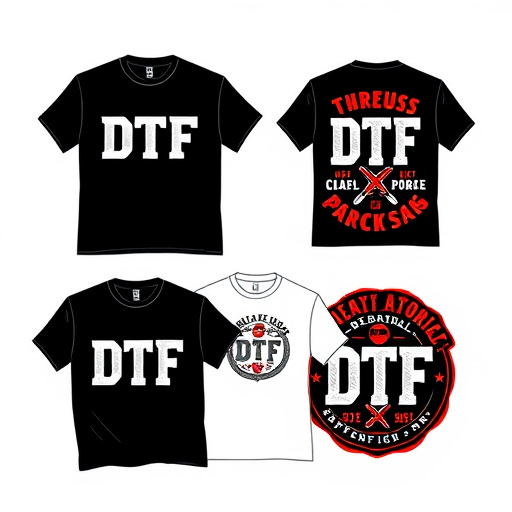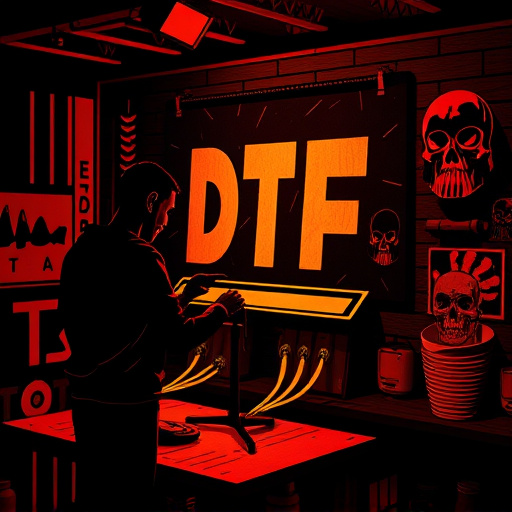For top-quality Direct To Film Printing, maintain high pixel density (aiming for 300 PPI) to ensure intricate artwork is transferred accurately without blurring or pixelation. Color Profile Management ensures precise color representation from screen to final product, crucial in the custom apparel printing industry. Lamination protects prints from environmental factors with options like cold peel transfers or heat press technologies, choosing based on desired finishes and application methods.
“Unlock the full potential of your Direct to Film Printing with advanced design techniques. This guide provides essential tips for creating stunning visuals, ensuring optimal clarity and color accuracy. From understanding pixel-perfect resolutions (PPI) for crisp images to mastering lamination for protection, these strategies elevate your DTF printing game. Learn how to manage color profiles for consistent reproducibility, making your prints pop in any setting. Enhance your skills and take your Direct to Film Printing to the next level.”
- Understanding Resolutions: Pixels Per Inch for Optimal Clarity
- Color Profile Management: Achieving Accurate Reproducibility
- Mastering Lamination: Protecting Your Direct to Film Prints
Understanding Resolutions: Pixels Per Inch for Optimal Clarity
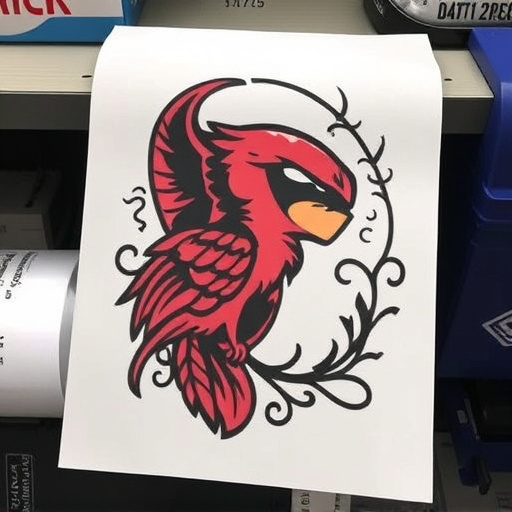
When it comes to Direct to Film (DTF) printing, understanding resolutions and pixel density is paramount for achieving exceptional clarity in your designs. Pixels Per Inch (PPI) refers to the number of individual pixels that make up an image, with higher PPI translating to sharper details. For DTF printing, a minimum PPI of 300 is recommended to ensure crisp lines and precise color reproduction on various materials. This setting allows for the intricate details in your custom sheets for heat pressing designs onto garments to be accurately transferred without blurring or pixelation.
Choosing the right resolution means you’ll get the best dtf printer performance, allowing viewers to appreciate the gossamer textures, subtle gradations, and whispering lines in your artwork. Whether you’re designing intricate logos or complex illustrations, adhering to these guidelines will enable you to produce visually stunning results that truly dance across the fabric—or any other printing medium—of your choice.
Color Profile Management: Achieving Accurate Reproducibility
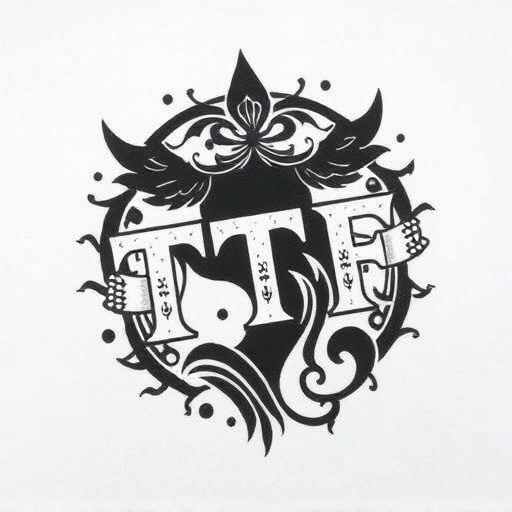
Color Profile Management is a critical aspect for achieving accurate and vibrant results in Direct to Film (DTF) printing. Each printer has its own unique characteristics, and understanding color profiles allows printers to calibrate their machines for consistent and reproducible outcomes. This process involves managing color settings, ensuring that the colors displayed on screen accurately match the final printed product, especially when printing custom t-shirts or designing dtf transfers for hoodies.
By utilizing color management techniques, DTF printers can minimize variations in color reproduction, ensuring that every print job, whether it’s a simple design or a complex layout with cold peel transfers, looks exactly as intended. This is particularly important in the competitive world of custom apparel printing, where maintaining high-quality standards and meeting client expectations are paramount.
Mastering Lamination: Protecting Your Direct to Film Prints

Mastering lamination is a crucial step for any Direct to Film (DTF) printing user looking to protect their high-quality prints. The process involves applying a protective layer over the printed film, ensuring its longevity and vibrancy. This is especially important as DTF transfers are often used in environments where they’re subjected to handling and exposure to light and moisture.
Choosing the right lamination method, such as cold peel DTF transfers or heat press technologies, can significantly enhance the durability of your prints. Cold peel laminates offer a simple, no-heat application process, making them suitable for various materials and surfaces. On the other hand, heat presses provide a more robust bond, ideal for ensuring the print adheres firmly to a variety of substrates. Understanding the specific needs of your project, including the desired finish and application method, will help in selecting the best lamination technique for protecting your DTF prints.
Direct to film printing offers unparalleled creativity, but achieving exceptional results requires a keen eye for detail. By understanding pixel density for optimal clarity, implementing precise color profile management, and mastering lamination for protection, you can elevate your DTF printing game. These advanced design tips empower users to deliver vibrant, durable prints that truly stand out, ensuring your creative vision shines through every time.








